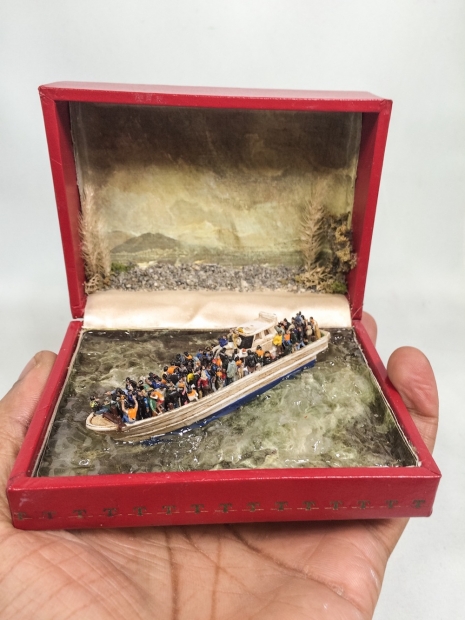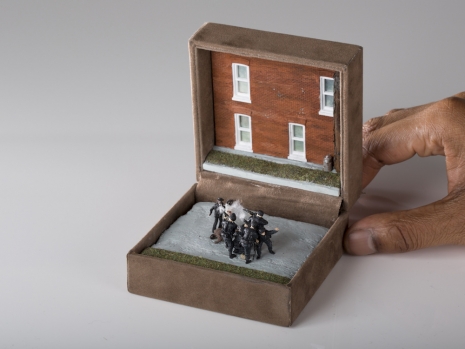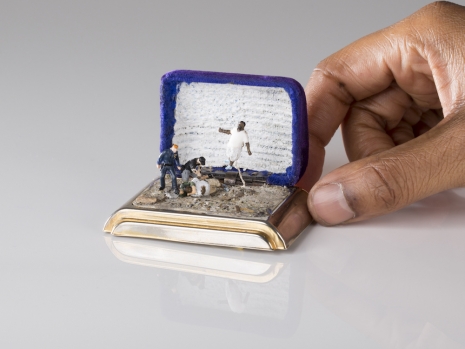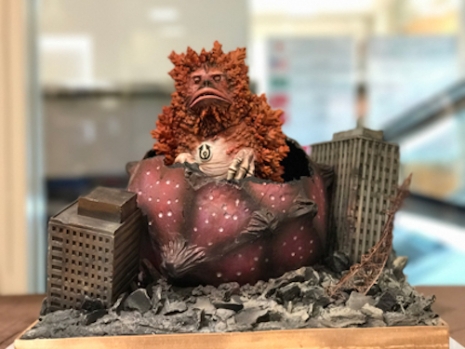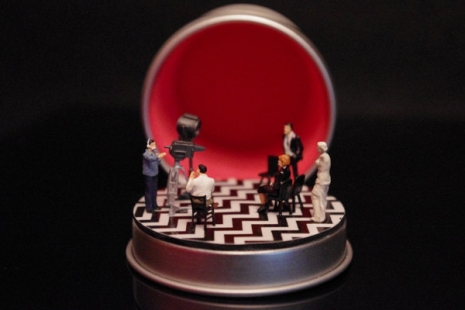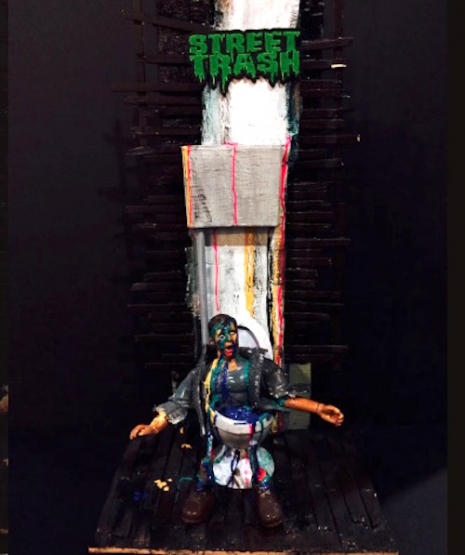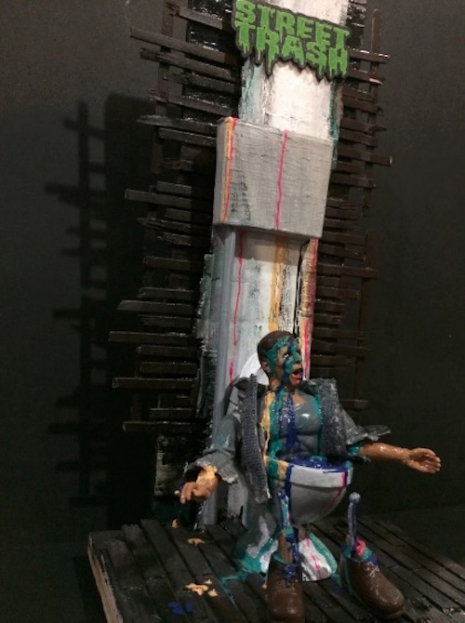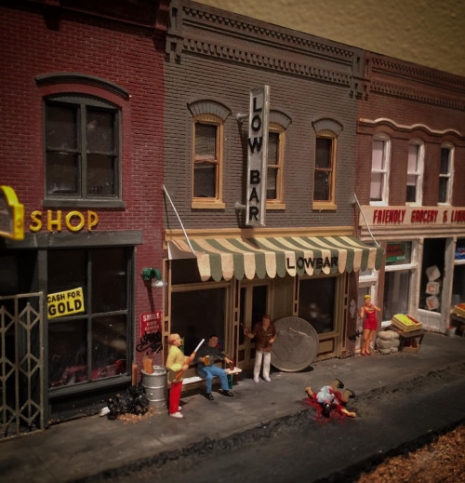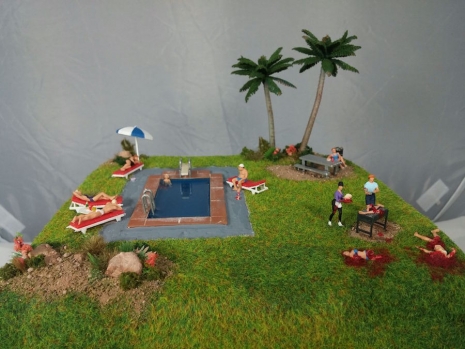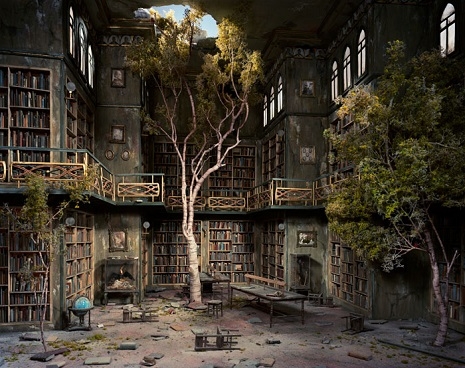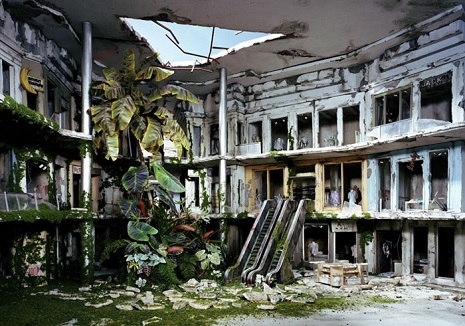
I find it baffling how one can visit The Art Institute of Chicago, home to some of the most iconic paintings in the world, and somehow bypass the Thorne Miniature Rooms. The collection boasts a breathtaking display of sixty-eight realistic dioramas of home interiors from around the world, ranging from Europe of the 13th century to America in the 1930s. As you peruse the extravagant display, you can imagine the tiny people who may have once called these painstaking reproductions their homes. Suddenly, you are immersed—a life’s worth of miniature milestones flashes before your eyes. Tiny meals enjoyed on a tiny kitchen table. Tiny books studied beside a tiny fireplace. A tiny murder involving a disgruntled ex-husband, an eyedropper full of bourbon, and a crowbar the size of your pinky finger. They were times of happiness and of despair.
Miniature rooms can be appreciated as more than just a niche form of art. Atlas Obscura recently profiled Frances Glessner Lee, considered by many to be the “mother of forensic science.” Raised in a privileged household, Glessner Lee had strong ambitions in academia, which she was prohibited from pursuing by her family due to her gender. It wasn’t until her divorce and her family inheritance later in life that Glessner Lee was able to dedicate her time, wealth, and craft to her one true passion: crime scene investigation.
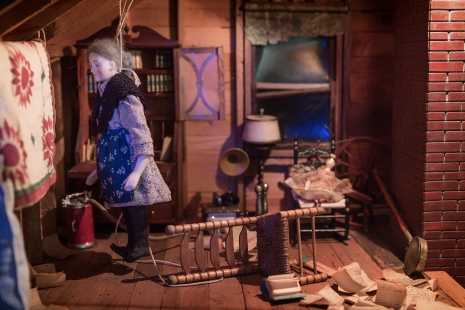
Forensic science of the 1930s was still a developing practice without an adequate investigation procedure. Homicide cases would often go unsolved due to insufficient evidence and the inability to interpret data. This all changed when Glessner Lee helped found Harvard’s Department of Legal Medicine in 1931. It was through her involvement in the emerging world of criminology that Frances was able to develop a craft that contributed significantly to the field of forensics.
In the 1940s, Glessner Lee began work on “The Nutshell Studies of Unexplained Death,” a series of nineteen unique and highly-detailed dioramas that depicted the modern homicide. Each case involved an everyday example of death, such as hanging or stabbing, all presented in the context of a relatable setting, the home. The most eerie aspect of Frances’ work, besides the gruesome depiction of a dollhouse-sized murders, is that these were meticulously designed to replicate real cases from the Department of Legal Medicine. Great attention to detail was necessary on each model, because they would later be used to train operatives to “convict the guilty, clear the innocent, and find the truth in a nutshell.” Analyzing each crime scene carefully reveals a real dedication to the specificity of the information, such as the position of the mini bullet holes, location of blood splatters, and the decay of its victims, who were mostly women.

Once described as “Grandma: Sleuth at Sixty-Nine,” Frances Glessner Lee became the first female police captain in United States in 1949. Not only was she a female who confronted the gender and workplace norms of American society, but also one who utilized what was considered to be a woman’s craft to become a significant figure among a male-dominated practice of police investigation.
Murder Is Her Hobby: Frances Glessner Lee and The Nutshell Studies of Unexplained Death will be on view at the Renwick Gallery in Washington DC from October 20th, 2017 - January 28th, 2018. The exhibition brings together all nineteen dioramas for their first ever public display as a complete series.

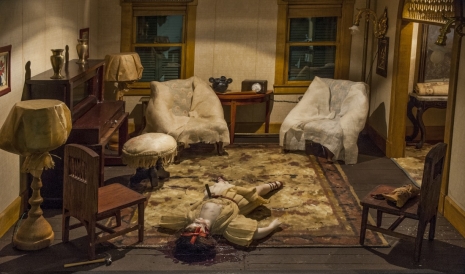
More miniature murders after the jump…






